refinishing an old piano
swflagrdnr
17 years ago
Related Stories
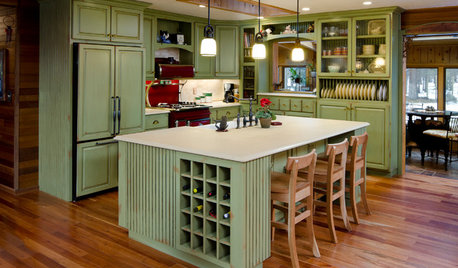
MOST POPULARHow to Reface Your Old Kitchen Cabinets
Find out what’s involved in updating your cabinets by refinishing or replacing doors and drawers
Full Story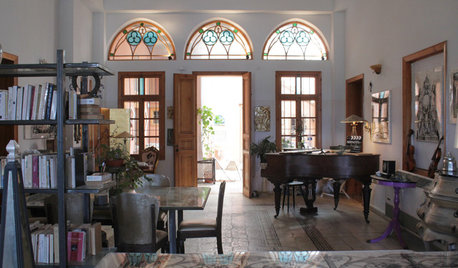
HOUZZ TOURSMy Houzz: An Artistic Life Fills a 150-Year-Old Home
A gorgeous courtyard, eclectic style and original details shine in a Paris-born artist's beachside rental
Full Story
GREAT HOME PROJECTSWhat to Know Before Refinishing Your Floors
Learn costs and other important details about renewing a hardwood floor — and the one mistake you should avoid
Full Story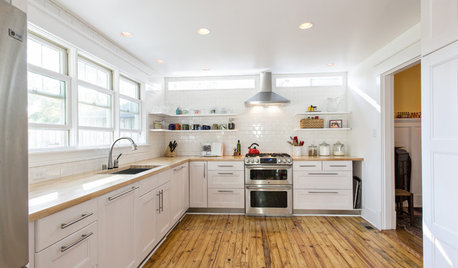
REMODELING GUIDESWhat Lies Beneath That Old Linoleum Kitchen Floor?
Antique wood subfloors are finding new life as finished floors. Learn more about exposing, restoring and enjoying them
Full Story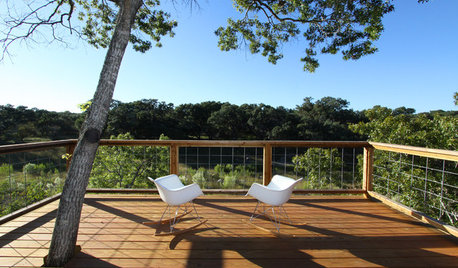
GREAT HOME PROJECTSHow to Refinish a Wood Deck
Keep your deck looking its best — and save feet from splinters — by applying a new stain and sealant every year or so
Full Story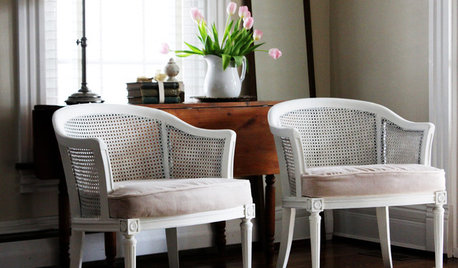
BUDGET DECORATINGBudget Decorator: 8 Ways to Make Old Furniture Look Brand New
Learn stripping, staining, painting and reupholstering basics to make bargain-basement furniture worthy of center stage at home
Full Story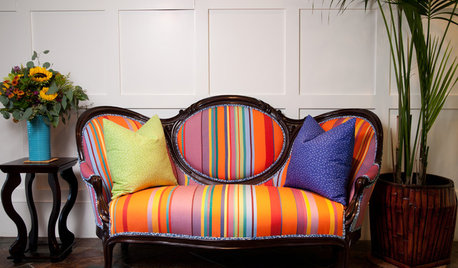
UPHOLSTERYThe Perks and Perils of Reupholstering Old Furniture
Secondhand upholstered pieces can add character to a room, but beware of bugs, snakes and hidden costs
Full Story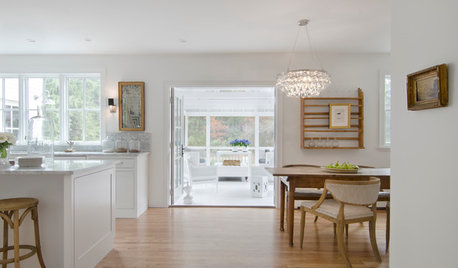
HOUZZ TOURSHouzz Tour: Modern Country Colonial Mixes Old and New
This renovated home embraces brightness, comfort and vintage charm
Full Story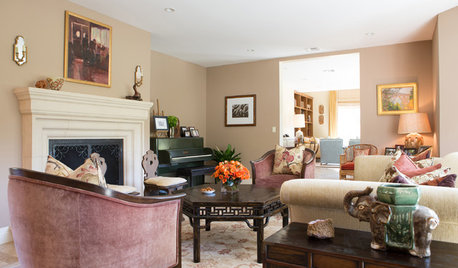
LIVING ROOMSRoom of the Day: Addressing the Green Piano in the Room
A homeowner’s favorite furniture item presents an interesting design challenge and reveals a fascinating history
Full Story





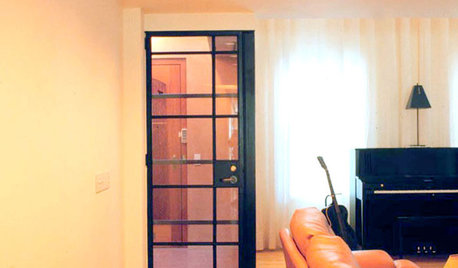




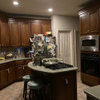
Jon1270
lindac
Related Professionals
Mount Holly Cabinets & Cabinetry · Parsippany Cabinets & Cabinetry · Fair Oaks Carpenters · Glendale Heights Carpenters · Pickerington Carpenters · Tucson Carpenters · Mill Valley Flooring Contractors · New Orleans Flooring Contractors · Olympia Flooring Contractors · Patterson Flooring Contractors · Scottsdale Flooring Contractors · Milwaukee Furniture & Accessories · Duluth Furniture & Accessories · Annandale Furniture & Accessories · Pinehurst Furniture & Accessoriesdainaadele
dgmarie
kmealy
sombreuil_mongrel